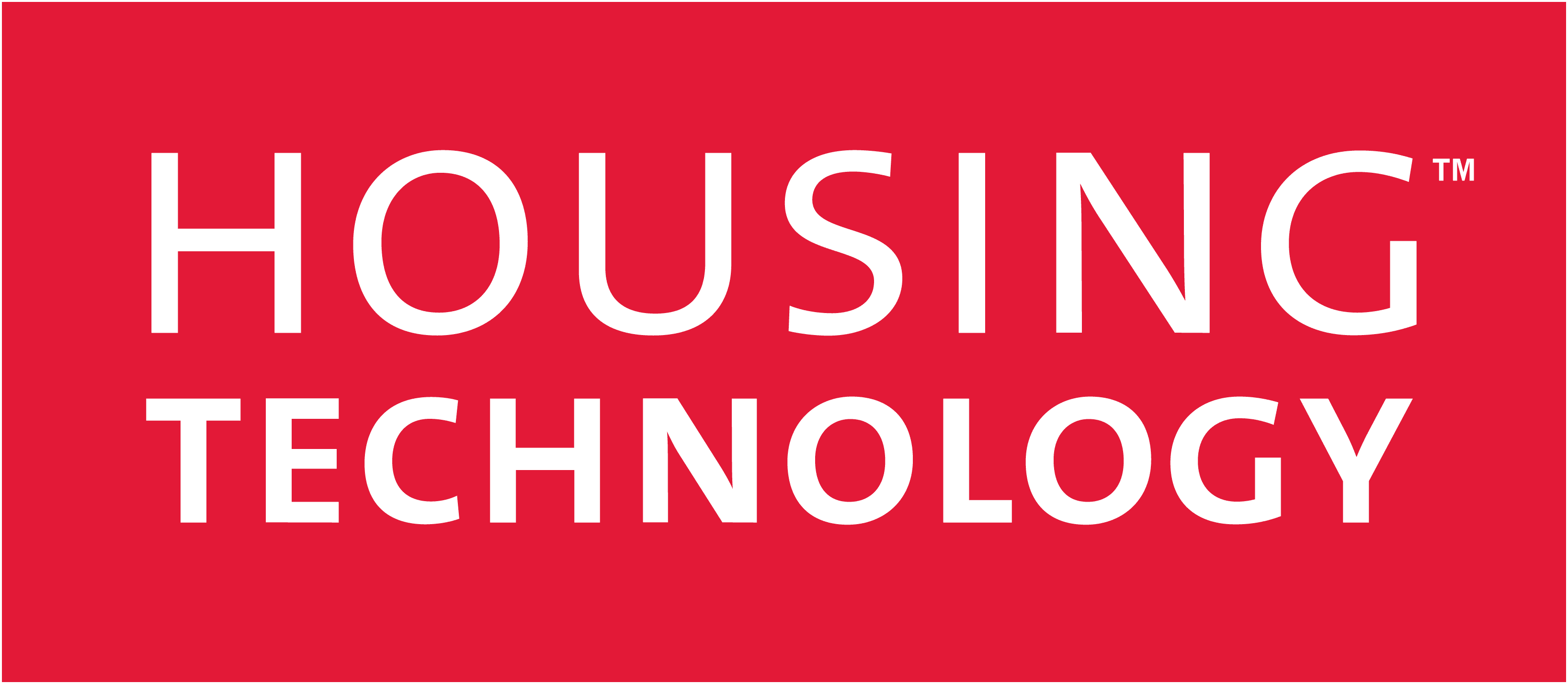The internet has undoubtedly revolutionised, and in most cases, improved the way people live, work and play; from the creation of work opportunities to how people and businesses interact with each other. This includes transforming how individuals interact with government, since it allows for greater access to public services and transparency of information, through free and open government data.
That said, while the internet has indeed improved the lives of many, it’s unfortunately the case that many still live without access to good quality digital infrastructure or the fundamental skills to take full advantage of the internet. To address this issue, the Department for Digital, Culture, Media and Sport has focused on promoting ‘digital inclusion’ in recent years, through the development of schemes aimed at improving the digital skills of the UK. However, as technology continues to develop at an increasing rate, the UK must consider what the next steps are for digital inclusion.
The issue of digital inclusion first came into the spotlight when Sir Tim Berners-Lee, inventor of the World Wide Web, appeared at the 2012 Olympics opening ceremony. His message, that the internet was created for everyone, was broadcast across the globe. Since then, the UK government has been actively committed to ensuring that the benefits of the internet are available to all British people.
Access, skills, motivation & trust
The government’s Digital Inclusion Strategy paper, published in 2014, was significant in raising awareness around internet accessibility in the UK and set out how the government planned to tackle the growing digital divide. The report identified access, skills, motivation and trust as the four key challenges that people are most often faced with when using the internet and outlined a number of steps which the government would take to reduce these barriers. Since the publication of the report, the government has been successful in its promotion of digital inclusivity, with a primary focus on improving people’s digital skills, most notably through the introduction of the Digital Skills partnership. This scheme, spearheaded by Matt Hancock, former Minister for Digital, Culture, Media and Sport, was set up to encourage people to develop better digital skills from programmes established through collaboration between the public, private and charity sectors.
In a similar vein to the ambitions of the Digital Skills partnership, it is important for businesses to consider how they can also enhance the digital skills of local residents. Through our own digital champions programme, we sponsor individuals through a digital training course provided by the not-for-profit organisation Digital Unite. Indeed, our digital champions have already had a huge impact on people’s lives, from reducing loneliness to improving interactions for people for whom English is not their first language.
New digital skills
A good example of this was demonstrated by one of our champions, who is a carer for elderly people. The new digital skills that he acquired from the programme helped to reduce time and effort spent doing various administrative tasks, for instance, by being able to use online forms instead of paper forms. Our digital champion was also able to use and share their new skills using internet-based technology (in this case, using a KNFB Reader app that converts text to speech) to communicate effectively, for the first time in two years, with one elderly patient who spoke very little English. It is hoped that the skills learnt from these programmes will continue to be shared with older people and other digitally disenfranchised groups, so that more people can benefit fully from the internet.
Marginalised tenants
Looking to the future, another point of consideration for digital inclusion schemes will be the emergence of smart technologies and smart homes. The internet of things (IoT) has the potential to greatly benefit more marginalised tenants, in particular. Social housing tenants, for example, could benefit from interconnected sensors and cameras, which would make buildings safer for them to live in. Elderly tenants could also benefit from IoT technology that can monitor their health or remotely connect them to healthcare providers.
However, it’s important to note that these potentially life-changing smart technologies can only be made possible through true full-fibre networks. Not only are true full-fibre networks more cost-effective and reliable in the long run compared with their inferior copper-based alternatives, it is also the network that will lay the foundation for IoT devices and smart buildings. With the IoT developing at such speed, it’s clear that digital skills will also need to develop so that use of this technology can benefit more people.
Although improved digital skills can ensure that more people can benefit from the internet, the foundation of this is greater accessibility to fast and reliable, full-fibre broadband networks, either at home or in community spaces.
Broadband access is key
Having been raised in social housing in Paris myself, I strongly believe that it was access to reliable and affordable broadband that helped me to progress into further education and work. Indeed, we see that the rollout of full-fibre broadband in social housing is a positive step in improving people’s professional and educational potential.
Therefore, while improving digital skills should remain a priority for the UK, it is also important that everyone, irrespective of income or age, has access to affordable internet services so that they can fully harness the benefits.
Jeremy Chelot is the CEO of Community Fibre.


